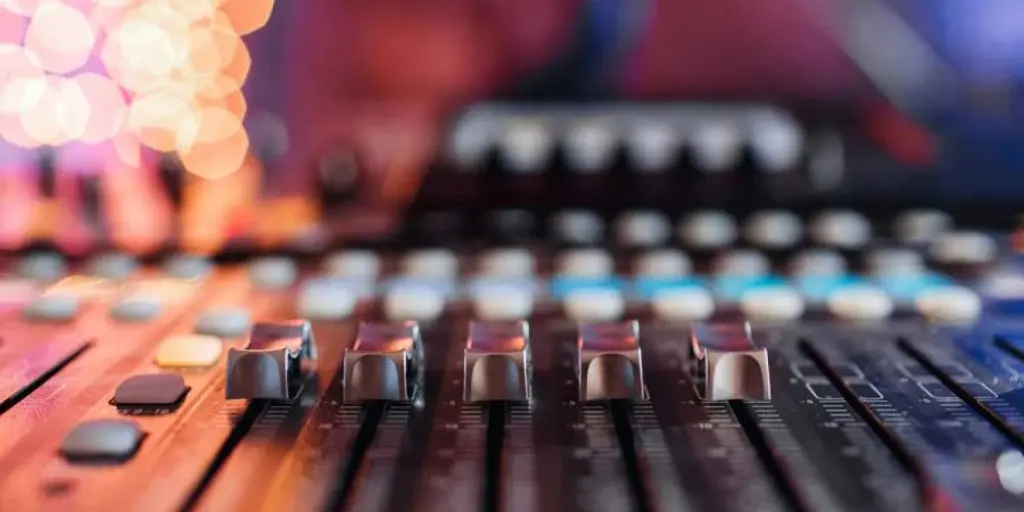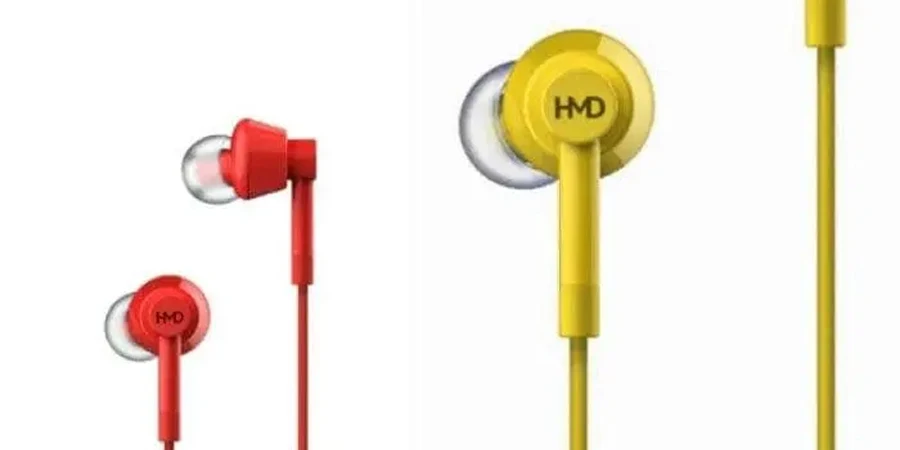In 2024, sound cards continue to play a pivotal role in transforming audio experiences across various platforms. As the digital landscape evolves, these components are not just optional accessories but essential tools for audio clarity and fidelity. Whether for immersive gaming, professional audio production, or high-quality home entertainment, the right sound card can markedly elevate the overall sound quality. This year’s market sees innovative models that cater to an array of needs, from basic enhancements to high-end audio demands, showcasing the dynamic interplay of technology and user preferences. Understanding the advancements and specificities of the latest sound cards is key to unlocking superior audio performance in any setting.
Table of Contents:
1. Market overview: Sound cards in 2024
2. Things to consider when selecting sound cards
3. Best products/models/types and their features
1. Market overview: Sound cards in 2024
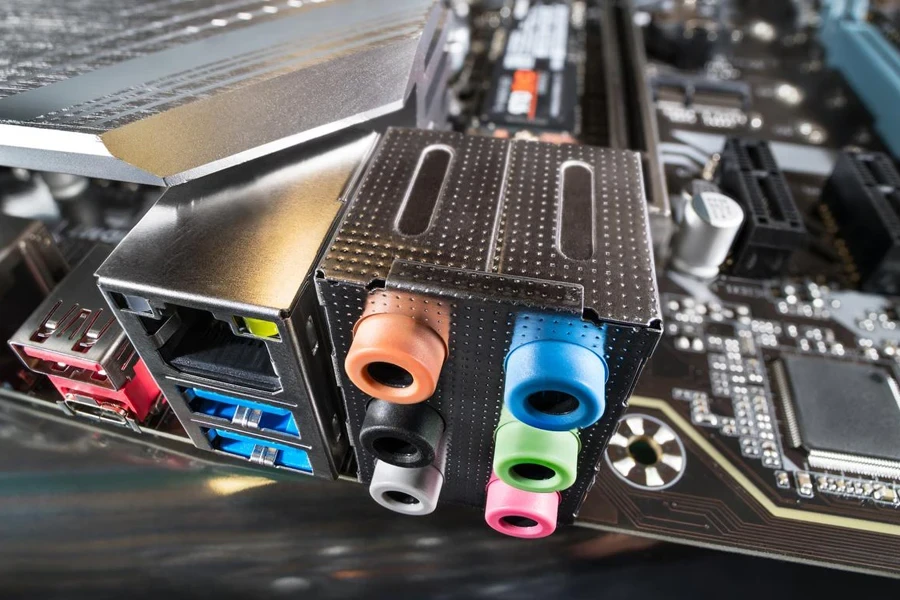
Technological advancements and market adaptation
The sound card market in 2024 continues to adapt and grow in response to advancing technology. Innovations in digital audio processing and connectivity options have significantly influenced the development of new sound card models.
Manufacturers are increasingly focusing on high-resolution audio support, with many new models offering advanced features like 32-bit audio processing and higher sampling rates. This shift caters to a growing segment of audiophiles and professional users who demand superior audio fidelity.
Emerging trends in gaming, virtual reality, and home entertainment systems are also driving the development of sound cards. Enhanced 3D audio capabilities, integrated DSPs (Digital Signal Processors), and improved compatibility with various platforms are some of the key advancements.
Consumer preferences and product evolution
Consumers in 2024 increasingly prioritize sound quality, leading to a greater demand for high-end sound cards. This trend is evident in the growing popularity of external USB sound cards, which offer portability and ease of use for laptop users and gamers.
The market is also seeing a rise in demand for sound cards with integrated streaming and recording capabilities, reflecting the growing trend of content creation and live streaming.
Environmental sustainability and energy efficiency are becoming important factors for consumers, influencing manufacturers to develop greener and more energy-efficient products.
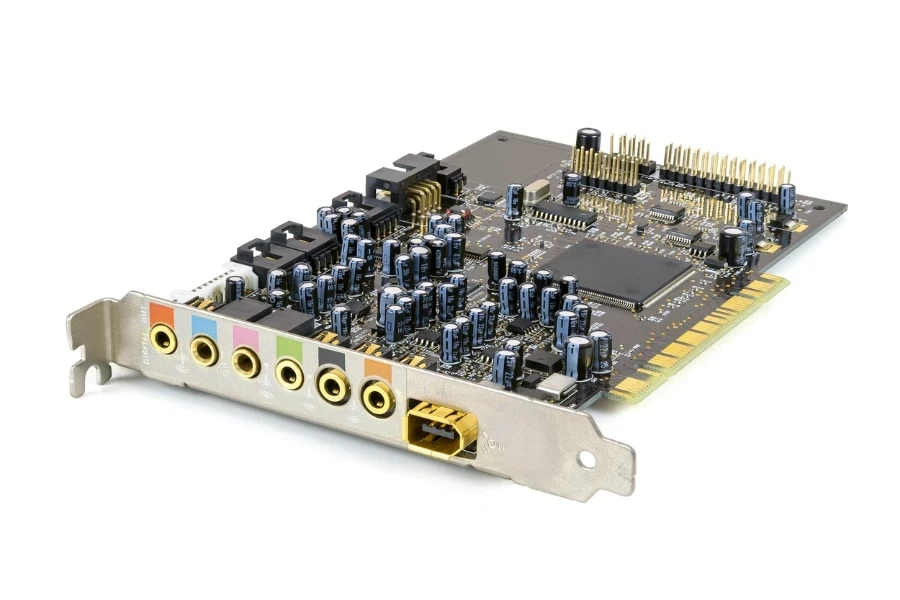
Market dynamics and opportunities
The sound card market is diversifying, with products ranging from entry-level options for casual users to high-end models for audio professionals and gamers. This diversity is creating opportunities for niche markets and specialized products.
Increased competition among manufacturers is driving innovation and leading to more feature-rich products at competitive prices.
The integration of AI and machine learning in sound card technology is an emerging trend, offering enhanced audio customization and adaptive sound environments.
In summary, the sound card market in 2024 is characterized by rapid technological advancements, evolving consumer preferences, and a diverse range of products catering to different user needs. The market’s growth trajectory, while not quantified in specific CAGR terms, reflects a dynamic and innovative segment of the consumer electronics industry.
2. Things to consider when selecting sound cards
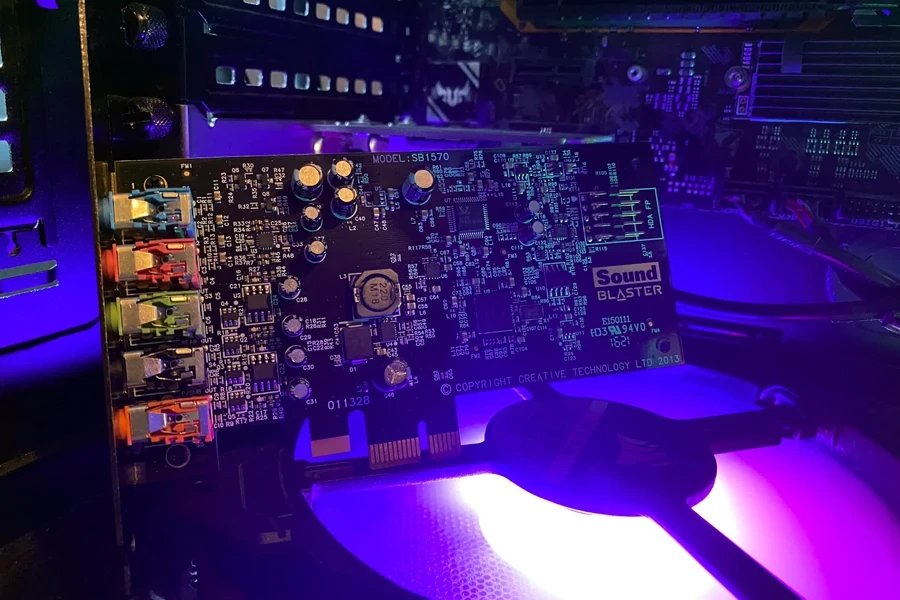
Selecting the right sound card in 2024 demands a nuanced understanding of several technical parameters, each playing a crucial role in the overall audio experience for different applications.
Signal-to-noise ratio (SNR):
SNR, measured in decibels, is a critical indicator of audio clarity, distinguishing between the actual sound signal and background noise.
A higher SNR means clearer sound, which is particularly essential for high-fidelity audio experiences in professional music production and audiophile-grade setups.
According to MiniTool Partition Wizard, sound cards with an SNR of at least 100 dB are recommended for discerning users.
Sampling rate:
This parameter reflects how accurately a sound card can reproduce sound frequencies.
While the human ear can generally hear up to 20 kHz, sound cards with a sampling rate of 96 kHz or more are capable of delivering an audio quality that covers the full range of human hearing.
For professional audio work, where detail and fidelity are paramount, a high sampling rate is indispensable.
Bit rate:
Bit rate influences the quality of recorded sound, with professional recordings typically using a 24-bit rate.
For casual users, a lower bit rate might suffice, but for tasks demanding precision, such as audio mixing or mastering, a higher bit rate ensures greater depth and nuance in sound.
Channels:
The choice between 5.1 (six-channel) and 7.1 (eight-channel) sound cards depends on the user’s speaker setup and usage scenario.
Gamers and home theater enthusiasts might prefer 7.1 sound cards for a more immersive experience, while a 5.1 card might be adequate for general use or smaller setups.
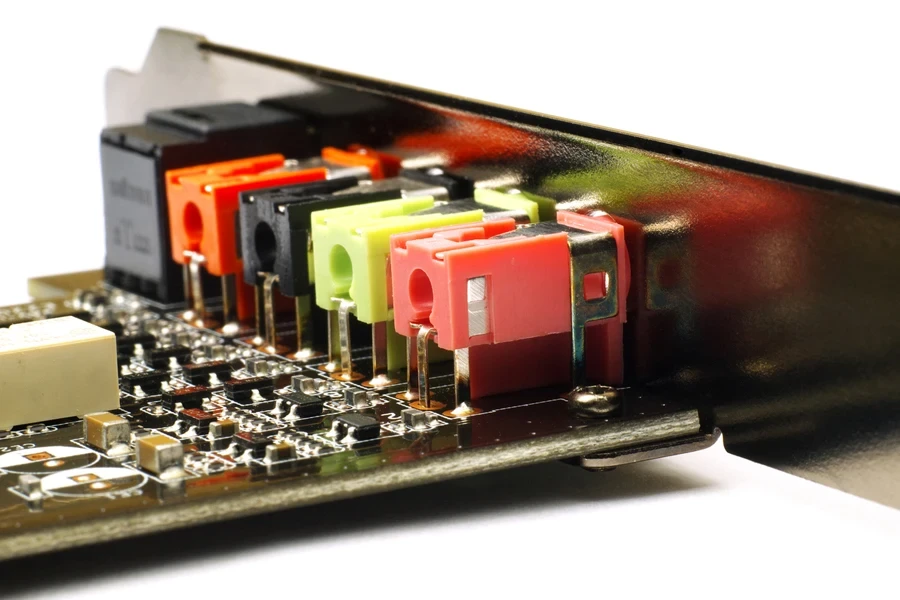
Port Types (USB vs. PCIe):
USB sound cards offer portability and ease of installation, making them suitable for laptops or systems where internal hardware changes are not feasible.
PCIe sound cards, conversely, are known for lower latency and potentially better sound quality, suited for desktops where internal expansion is possible.
The choice largely depends on the user’s system type and whether they prioritize ease of installation (USB) or potentially higher audio quality and lower latency (PCIe).
Compatibility and scalability:
Ensuring compatibility with existing systems and scalability for future upgrades is essential.
Users should consider the software and hardware requirements of the sound card, including operating system compatibility, available slots on the motherboard, and the need for additional power connections.
Each of these factors plays a vital role in defining the sound card’s performance and suitability for different use cases, from gaming and home entertainment to professional audio production. Understanding these aspects ensures a well-informed decision, aligning the sound card’s capabilities with the user’s specific audio requirements and system configuration.
3. Best products/models/types and their features
In the realm of sound cards in 2024, several models stand out for their exceptional features and performance. Here’s a look at some of the top contenders and their distinctive attributes:
EVGA Nu Audio Card:
Recognized for its high-end audio performance, the EVGA Nu Audio Card is tailored for audiophiles and professional users.

According to MiniTool Partition Wizard, it boasts a remarkable 121dB SNR and supports 192 kHz, 24-bit audio, ensuring crystal-clear sound quality.
Ideal for stereo hi-fi equipment, this card enhances the audio experience for both music and gaming, though it may be overkill for more casual uses.
Creative Sound Blaster Series:
The Creative Sound Blaster Z, highlighted by MiniTool Partition Wizard, offers solid audio output with a 116dB SNR and 192 kHz, 24-bit capability, making it suitable for quality gaming headsets.
The series is known for its virtual surround sound, which is particularly beneficial for an immersive gaming and movie-watching experience.
Creative’s Sound BlasterX G6, an external sound card, stands out for its compatibility with PC, Xbox One, PlayStation 4, and Nintendo Switch, offering versatility for various platforms.
Asus Xonar Series:
Asus Xonar sound cards, such as the Xonar GHX PCIe GX2.5 5.1, are praised for their affordability and decent audio quality.
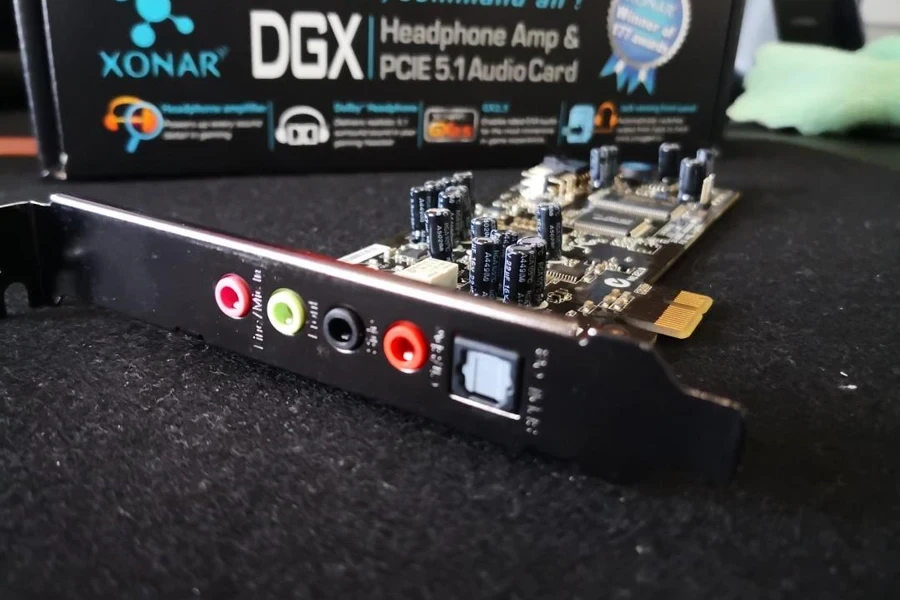
These cards typically offer 5.1 surround sound, making them a good choice for home theater systems and immersive gaming experiences.
The Asus Xonar series also includes user-friendly software packages that allow for customized audio settings, adding to its appeal for a range of users.
Internal vs. External sound cards:
Internal sound cards, like PCIe models, are known for their lower latency and potential for better sound quality, ideal for desktop users who can modify internal hardware.
External sound cards, such as the Creative Sound BlasterX G6, offer ease of use and portability, making them a go-to choice for laptop users or those with limited ability to alter internal hardware.
The choice between internal and external sound cards largely depends on the user’s system configuration and specific needs, whether it’s for gaming, professional audio, or general use.
Each of these sound cards brings unique features to the table, catering to a variety of user needs. From professional audio production to immersive gaming experiences, the right sound card can significantly enhance the overall audio quality and user experience. When selecting a sound card, it’s crucial to consider the specific requirements of your setup and usage to ensure optimal audio performance.
Conclusion
Choosing the right sound card in 2024 revolves around a balanced consideration of technical specifications, user requirements, and budget. Key factors like Signal to Noise Ratio, Sampling Rate, Bit Rate, and the choice between USB and PCIe interfaces are crucial in determining the overall audio experience. High-end models like the EVGA Nu Audio Card cater to audiophiles and professional needs, offering top-tier audio quality, while the Creative Sound Blaster series and Asus Xonar series provide versatile options for both gaming enthusiasts and general users. The decision between internal and external sound cards further hinges on the user’s system setup and convenience preferences.
In conclusion, the selection of a sound card in 2024 should be guided by a clear understanding of one’s specific audio needs and system compatibility. Balancing audio quality with price and personal requirements ensures an optimal audio experience, whether for professional use, gaming, or everyday multimedia enjoyment. As the market continues to evolve, staying informed about the latest technological advancements and trends in sound cards will help users make informed decisions that align with their audio aspirations and hardware configurations.
